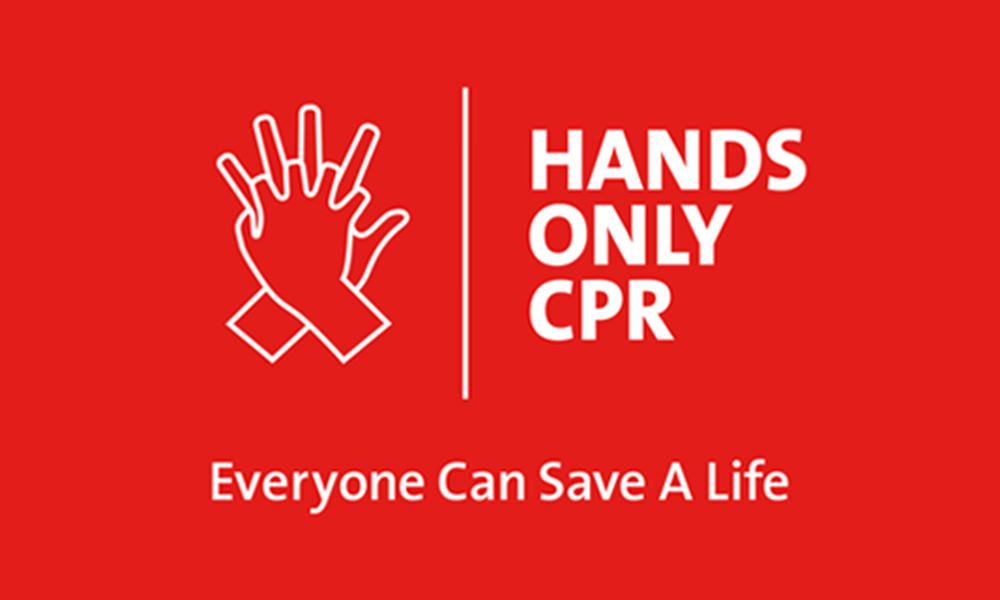A friendly reminder…Doing CPR on a client, family member, or stranger could disperse the virus. The American Red Cross and the American Heart Association recommend that if you find yourself in a CPR situation, that compression, or hands on only resuscitation be done.
If possible, the mouth and nose of the victim should be covered with a mask of some kind, or a light cloth to help prevent airborne circulation. Under no circumstances should one use a resuscitation mask..
Please review the following steps for hands only CPR.
Before Giving CPR
Check the scene and the person. Check to make sure the scene is safe, tap the person on the shoulder to see if they’re OK, and look for signs of rhythmic, normal breathing.
Call 911 for assistance. If there’s no response from the victim when asked if he or she is OK, call 911, or ask a bystander to call for help.
Begin compressions. If the person is unresponsive, perform hands-only CPR.
How to Perform Hands-Only CPR
Kneel beside the person who needs help.
Place the heel of one hand on the center of the chest.
Place the heel of the other hand on top of the first hand, then lace your fingers together.
Position your body so that your shoulders are directly over your hands, and keep your arms straight.
Push hard, push fast. Use your body weight to help you administer compressions that are at least 2 inches deep and delivered at a rate of at least 100 compressions per minute. (Just be sure to let chest rise completely between compressions.)
Keep pushing. Continue hands-only CPR until you see obvious signs of life, like breathing, another trained responder or EMS professional can take over, you’re too exhausted to continue, an AED becomes available, or the scene becomes unsafe.

